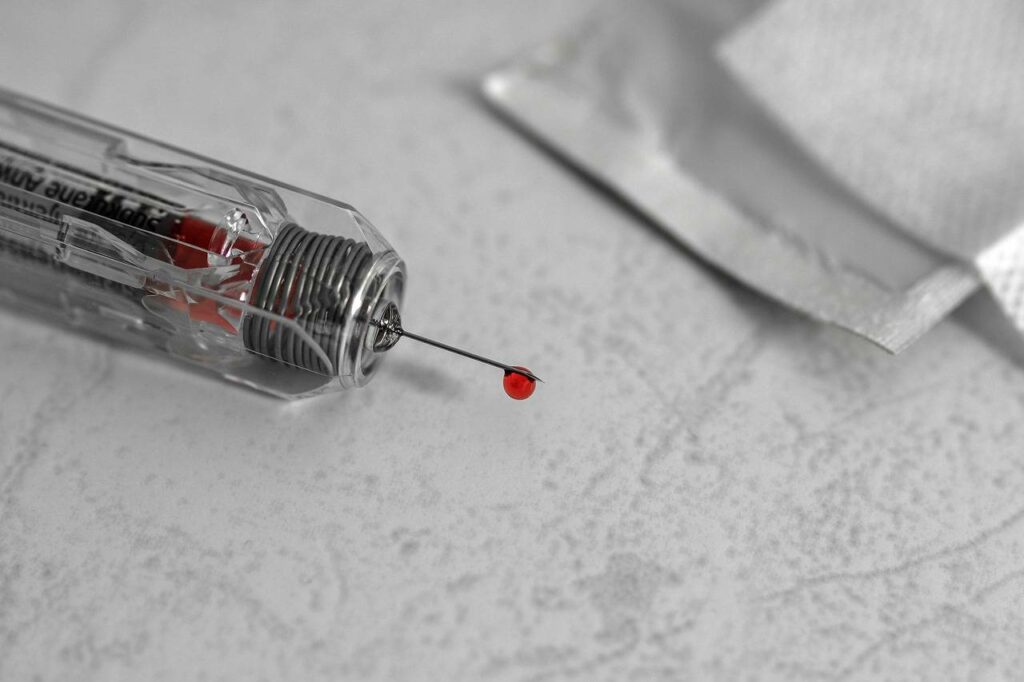Used Needles Regulations
Concern for the potential health issues regarding medical waste promoted during the 1980’s after medical waste were washing up along east coast beaches. Because of this, the Occupational Safety & Health Administration (OSHA) created rules and regulations regarding medical waste, and used needles. The Needlestick Safety and Prevention Act was put into action on November 6, 2000. This act required employers to identify, evaluate, and implement safer medical devices. Even if your facility has never experienced a needle stick, OSHA standards are intend to prevent occupational injuries and illness.
Facts about Used Needles
When someone gets a needle stick or another sharp related injury, it means being they’re being exposed to bloodborne pathogens. This injury continues to be a significant hazard for hospitals and clinics across the United States. OSHA estimates that 5.6 million workers in the healthcare industry and related occupations are at risk of being exposed to bloodborne pathogens. By 1994, there were 125,000 people who had contracted HIV as a result from injecting drugs with infected syringes. The total cost in the United States for treating all people with HIV/AIDS patients was $15.2 billion in 1995.
Find Out How Much You Can Save Instantly.
Try our on-line savings calculator.
Where to Dispose of Used Needles
There are a couple options that people have when searching for ways to dispose of used needles, either from home or from a facility. Sharps containers can be found within city hospitals or municipal facilities, but within rural areas, access to these locations might be difficult. Thus, companies such as MedPro Disposal, offer sharps containers. These containers are puncture-proof, leaking resident, and labeled correctly for the safe disposal of used sharps.



